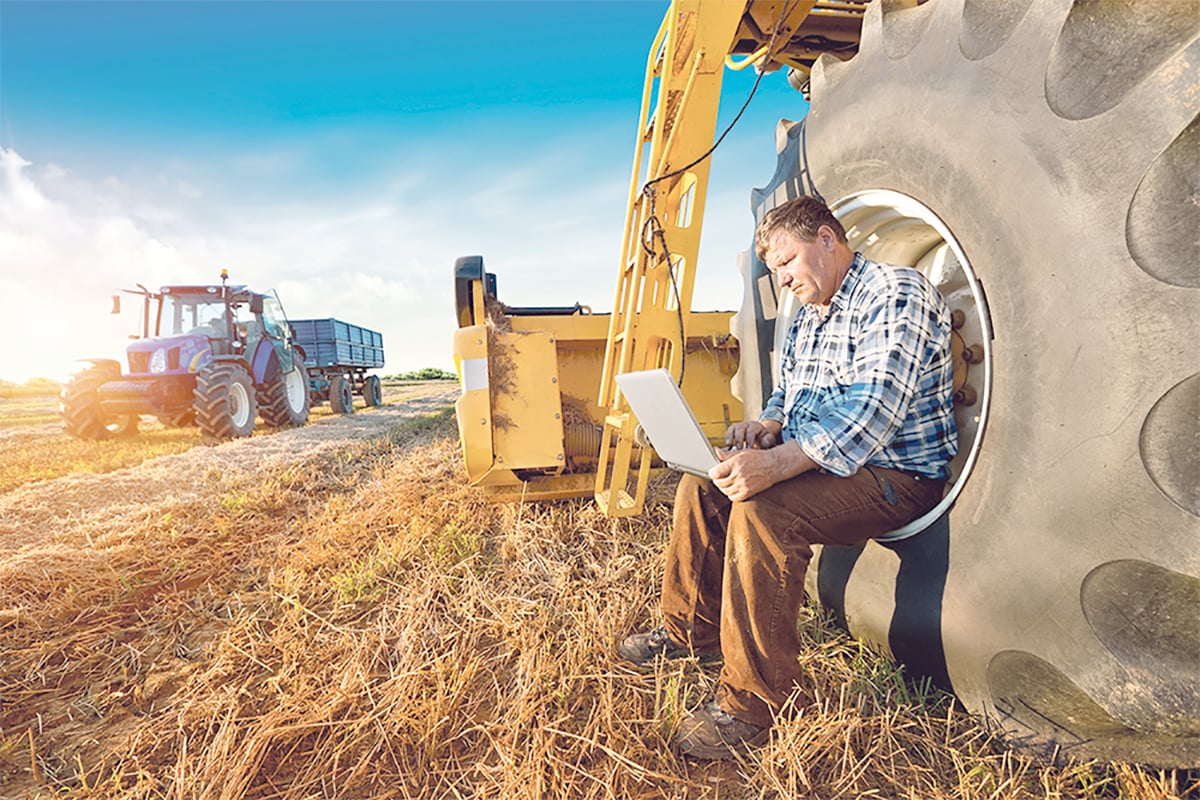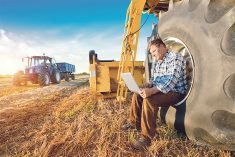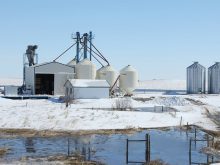The first rural fair that Ontario stress line co-ordinator Susan Klein-Swormink went to, nobody would come near her booth.
The next year they came to chat as the stigma lifted of talking to a mental health expert.
It also helped that “the staff are all farmers and have good listening skills” said Klein-Swormink, part of the Ontario Farm Women’s Network team co-ordinating the farm line.
Farmer reticence was also a problem at the beginning for the Manitoba Farm and Rural Stress Line. Its co-ordinator, Janet Smith, said “the stigma of reaching out for help is gradually decreasing as people become more aware of the importance of doing so.”
Read Also

Communication key to bridging generation gap
Each generation is shaped by the predominant forces at play during their formative years. Acknowledging these influences can improve communication among the generations.
Saskatoon psychologist Nikki Gerrard, who counselled farmers and their families from 1990 to 2002, said there is room for the farm lines to continue.
“With BSE it’s not going to be pretty in the next while.”
She said her research shows farmers want to talk with people who understand their industry and the rural culture. She said farmers will stay in agriculture despite hard times as long as they have enough finances and the right attitude.
“What I’ve learned in my 111/2 years is that it’s always something, and you just have to roll with it.”
More farmers are turning to the phone lines for comfort. Since it began in 2001, the Manitoba line has seen its calls rise from 498 to 1,415 in 2003, a 184 percent increase.
The Ontario line in its most recent full year of statistics, from March 2002 to March 2003, received 958 calls and had 80 on-line requests for information.
Money to support the three-year-old line comes from provincial, federal and private sources. But with a new Ontario government, Klein-Swormink wasn’t sure if the line was secure yet.
Meanwhile, like the three other provincial farm lines, she finds the callers are fairly evenly split between men and women.
About 80 percent of the calls overlap with elements of personal and financial difficulties.
Smith said most of the Manitoba calls begin with financial concerns but this usually spills over into a discussion of other aspects of life such as their health, their marriage and relationships with friends.
“Our rule of thumb is to start where the caller is at and assist him or her to discover the main issues or problems they are facing, which issues they have control over and which they do not, and then help to problem solve with the caller so that they leave with a better idea as to what they can do to alleviate the situation,” said Smith.
Saskatchewan, which is the granddaddy of the lines, started in 1992, said co-ordinator Ken Imhoff. Its calls have ranged from 1,184 to 1,795 a year with finances being the main topic, followed by concerns about personal burnout, marriage trouble and suicide.
The Nova Scotia line has been running for a full year now. It began as a pilot project of the Nova Scotia Federation of Agriculture.
A report by Liz Crouse of the provincial farm health and safety committee noted that 57 percent of the calls are related to personal problems while 18 percent are looking for information about off-farm work or switching careers.
Alberta has a mental health help line that is for the general public and is not staffed by farmers.
For specific farm information, call the Alberta Agriculture Call Centre, 866-882-7677.
For 2004, the four lines are talking about a national alliance to share issues and advice, but to date they work independently of each other.
Stress line information:
Manitoba (866-367-3276)
Saskatchewan (800-667-4442)
Ontario (888-451-2903)
Nova Scotia (902-893-6587)
Alberta (877-303-2642)














